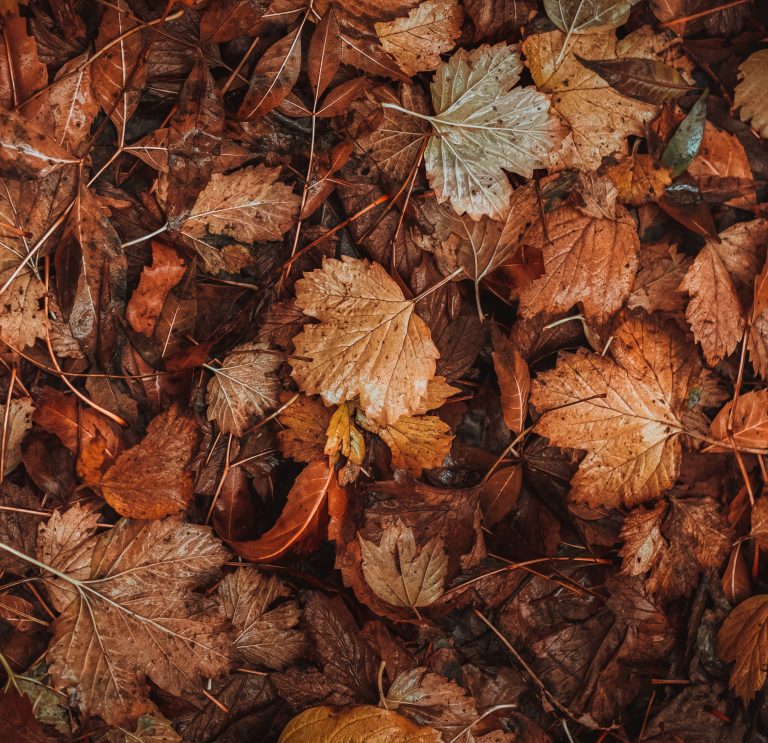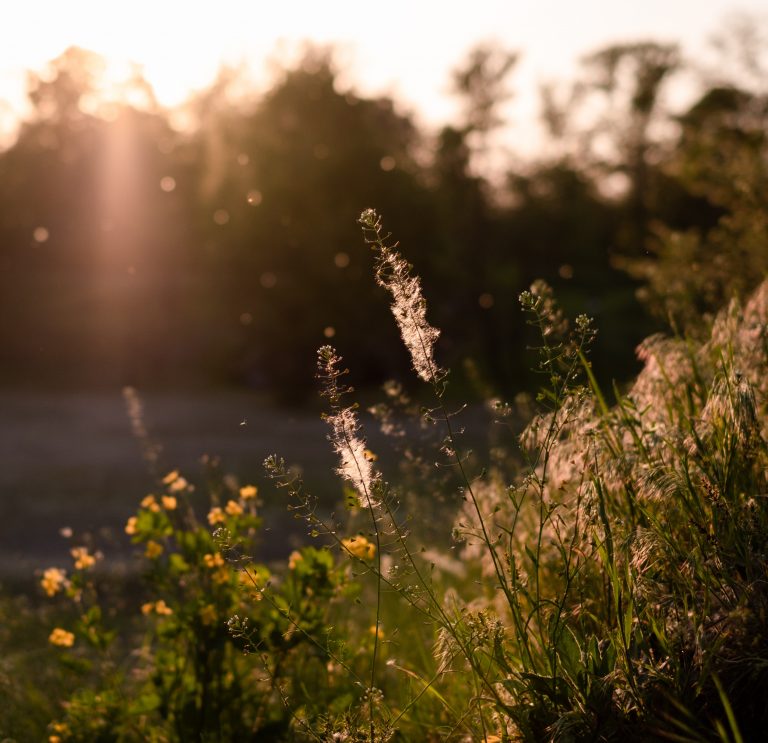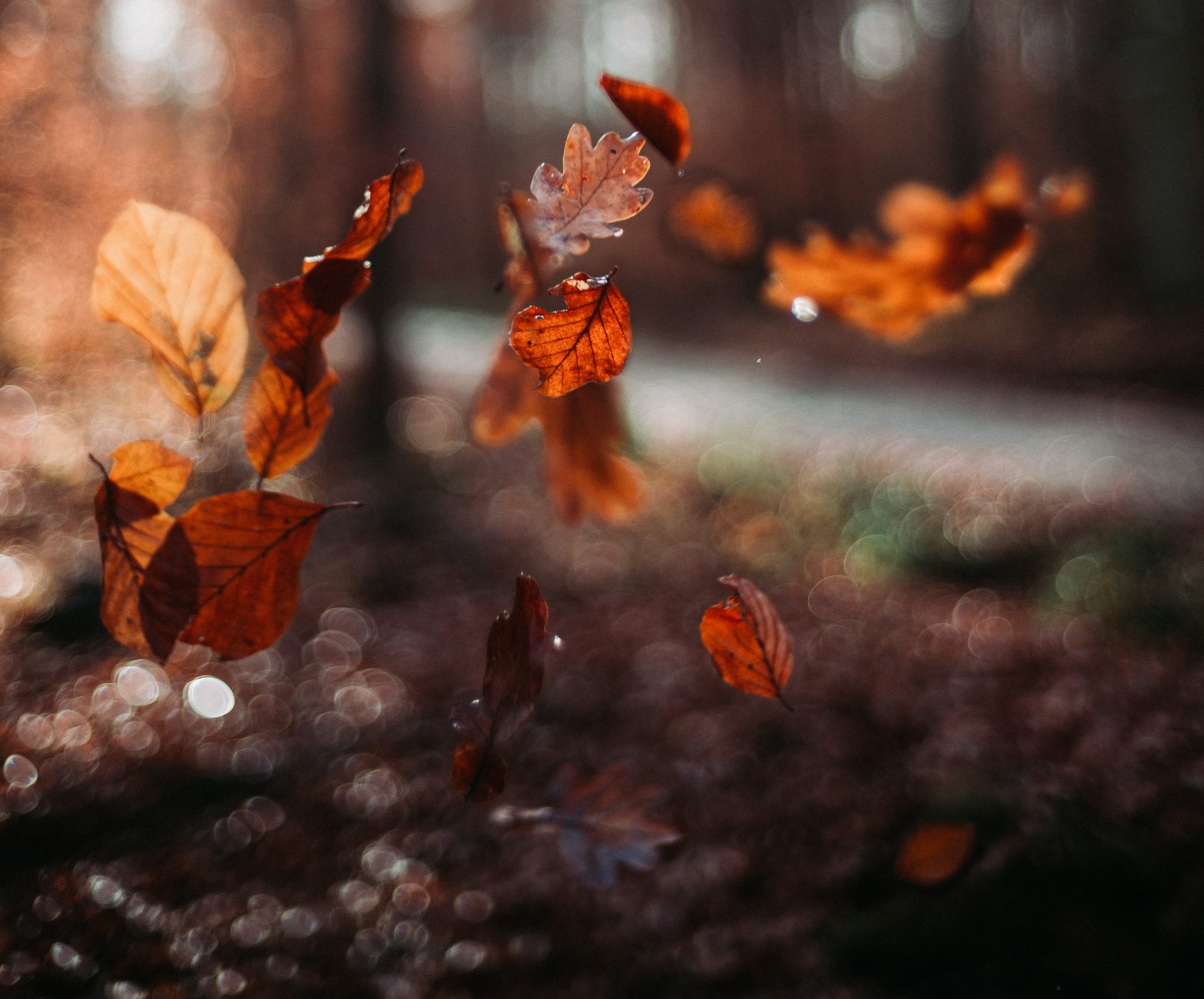Autumn is an enchanting season in the garden. The leaves transform into vibrant colors, and the soft, golden light gives everything a magical glow. It’s also the perfect time to enjoy the remaining warm days outdoors and prepare our gardens for the upcoming cold season. As we give the grass one final trim, gather the fallen leaves, and tend to the garden’s needs, it’s important to strike a balance. While achieving a neat and tidy look is appealing, we should consider the winter homes we inadvertently remove for many of our wild garden companions, such as hedgehogs, insects and invertebrates.
With a few adjustments to our garden winter preparation routine, we can enhance and nurture the wilderness within our garden. Here are three tips for making your garden winter-ready, rewilding style:

1. Leave the Leaves
This simple change not only saves you time and effort but also contributes to a more untamed garden. Letting the leaves remain on the ground creates natural mulch that insulates the soil, reducing moisture loss and preventing weed growth. Moreover, it provides a habitat for wildlife like worms, insects, and other small creatures. This, in turn, attracts birds and beneficial insects like ladybirds and spiders, which assist in pest control. As the leaves decompose, they release vital nutrients such as carbon, nitrogen, and potassium into the soil, naturally enriching it and enhancing your garden’s fertility, ultimately improving plant health.

2.Skip Bonfires – Build a Log Pile
While bonfires may evoke cozy autumn memories, they pose a significant threat to hedgehogs and other wild animals. Often, we gather fallen branches from the first storms of the season, creating a pile that becomes a potential danger zone when set ablaze. This very pile is precisely what hedgehogs seek as a hibernation spot during winter. Instead of lighting up the debris from your garden, consider leaving a pile of branches, sticks, and leaves in a quiet corner. This habitat not only benefits hedgehogs but also provides a haven for frogs, worms, and other invertebrates.

3.Preserve a Slice of Your Wildflower Patch
A crucial aspect of many garden winter preparations involves cutting back wildflower meadows and long grass. Trimming these areas does promote their growth the following year by aiding seed dispersion. However, leaving a small section of your meadow or grass uncut during winter provides essential shelter for various small creatures, including beetles, bumblebees, frogs, and toads.
By incorporating these rewilding practices into your winter garden preparations, you’ll not only be creating a more natural and welcoming habitat for wildlife but also contributing to the overall health and vitality of your garden. Embrace the wild side of gardening this winter and watch as your garden thrives with life even during the coldest months.






